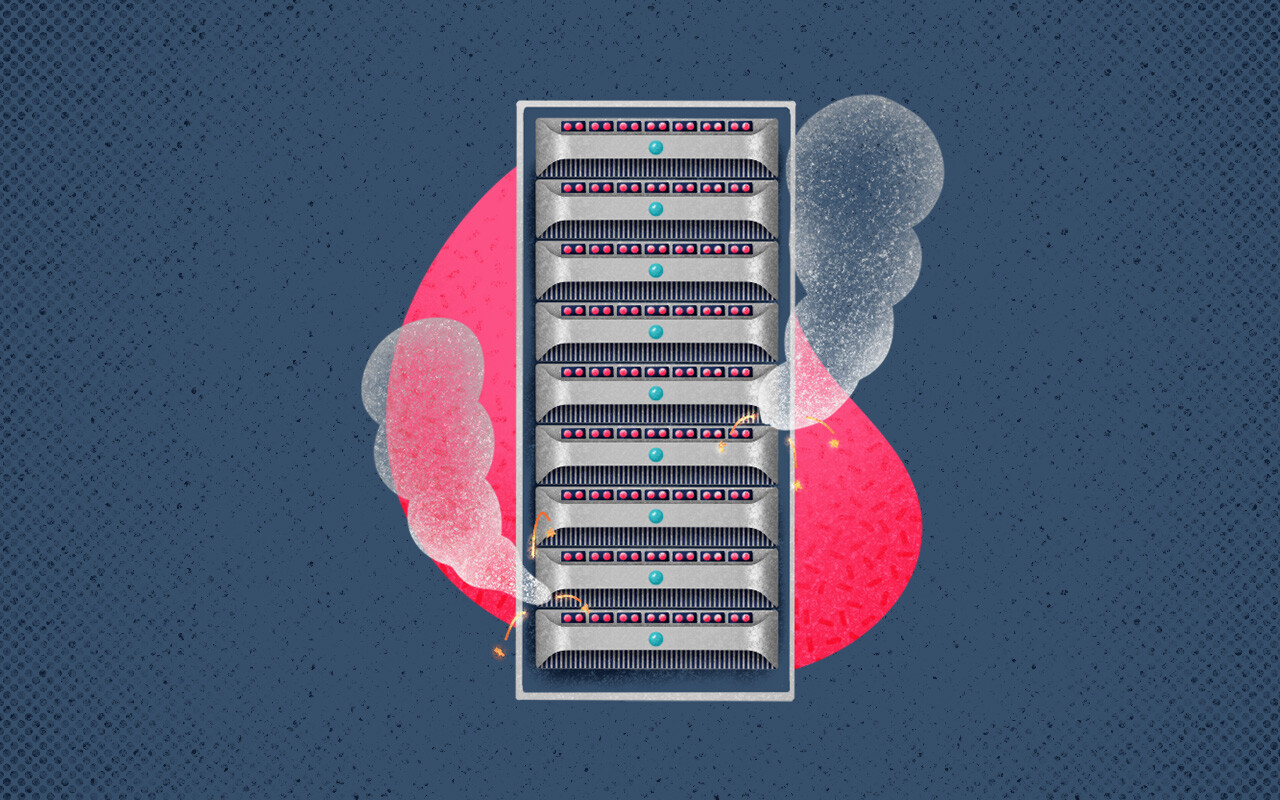In ITSM, downtime is not an option. End users need reliable solutions that work any time.
That said, humans can only do so much, and incidents do happen.
The need for innovative solutions to streamline incident management has never been more critical. Enter AIOps. The game-changing fusion of Artificial Intelligence (AI) and IT operations. In this blog post, we’ll explore how AIOps is revolutionizing incident management in ITSM, ushering in a new era of operational excellence.
The Rise of AIOps
Traditionally, incident management (the process for addressing unplanned IT-related events) in ITSM relied heavily on manual processes, human intervention, and reactive responses to resolve issues.
Here’s a common example: IT professionals routinely check server logs, network performance metrics, and application statuses to identify anomalies or disruptions. This approach often relies on a combination of scheduled checks and ad-hoc monitoring, where IT staff manually sift through vast amounts of data to detect potential incidents.
For instance, if a server’s performance begins to degrade, it might be up to a system administrator to notice the change in a routine review of system logs, identify the cause, and initiate a response. This is manual and time-consuming. It delays the detection and resolution of incidents, but further, it also increases the likelihood of human error; longer downtimes and potentially impacting business operations.
However, with the exponential growth of data and the complexity of modern IT environments, these traditional approaches have become increasingly inadequate. Problems and tasks need solving at sometimes unattainable speeds for humans. Which is why the advent of AIOps has been so influential in the world of ITSM. AIOps leverages AI, machine learning, and big data analytics to automate and optimize IT operations.
Here’s what AIOps does:
Automated Incident Detection and Resolution
At the heart of AIOps is its ability to automatically detect, analyze, and resolve incidents in real-time. By ingesting vast amounts of data from disparate sources such as logs, events, metrics, and alerts, AIOps platforms can identify patterns, anomalies, and trends that human operators may overlook. This proactive approach enables organizations to detect and mitigate incidents before they escalate, minimizing downtime, and reducing the impact on users.
Predictive Analytics for Proactive Management
One of the most powerful capabilities of AIOps is its ability to harness predictive analytics to foresee and prevent incidents before they occur. By analyzing historical data, performance metrics, and system behaviors, AIOps platforms can identify potential issues and vulnerabilities, allowing IT teams to take preemptive action to avoid downtime and service disruptions. This proactive approach not only enhances system reliability but also improves user satisfaction by ensuring uninterrupted service delivery.
Enhanced Collaboration and Decision-Making
AIOps facilitates collaboration and decision-making across IT teams by providing actionable insights and intelligence derived from data analysis. By aggregating and correlating data from various sources, AIOps platforms enable IT teams to gain a holistic view of the IT environment, identify root causes of incidents, and prioritize remediation efforts effectively. This collaborative approach fosters greater agility, efficiency, and alignment within ITSM organizations, leading to faster incident resolution and improved service levels.
Continuous Improvement and Optimization
One of the key benefits of AIOps is its ability to drive continuous improvement and optimization of IT operations. By analyzing historical incident data and performance metrics, AIOps platforms can identify trends, patterns, and opportunities for optimization. This data-driven approach enables ITSM organizations to fine-tune their processes, automate repetitive tasks, and implement best practices to enhance operational efficiency and resilience over time.
3 Benefits of AIOps in Incident Management
- Noise reduction – Less single alerts; more grouped together based on pre-established rules.
- Pre-human filter – The support team does not need to be the first interaction with a event. Instead, automation can be set up to run diagnostics and offer auto-remediation if the incident is well-known.
- Faster support – Once the support person is assigned to the incident ticket, they should have everything they need to begin their response. If there is any available historical data for the end user, they should have access to that, as well as the current data—speeds up the support time, and the quality-of-service end users receive.
AIOps offers organizations a powerful arsenal of tools and capabilities to streamline operations, enhance resilience, and deliver superior service to users. By leveraging AI, machine learning, and predictive analytics, AIOps platforms empower IT teams to detect, analyze, and resolve incidents faster and more effectively than ever before.

A guide to AI in ITSM
Discover how to integrate artificial intelligence into your ITSM, redesign your processes, and take your company’s efficiency to the next level.


